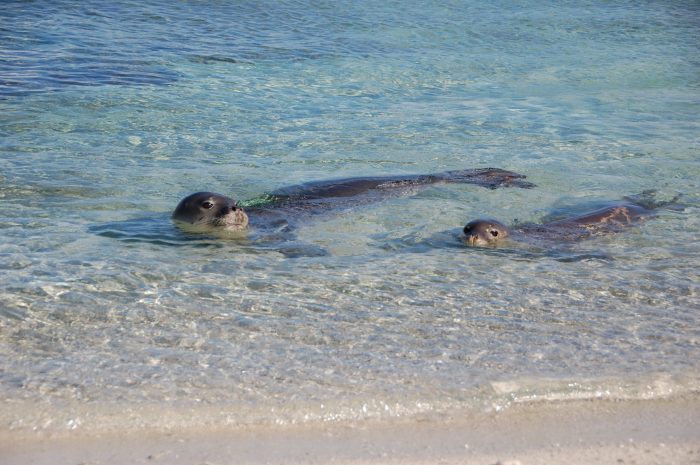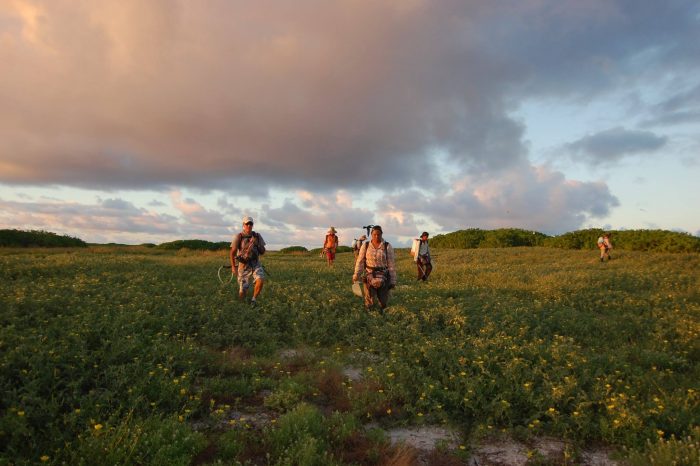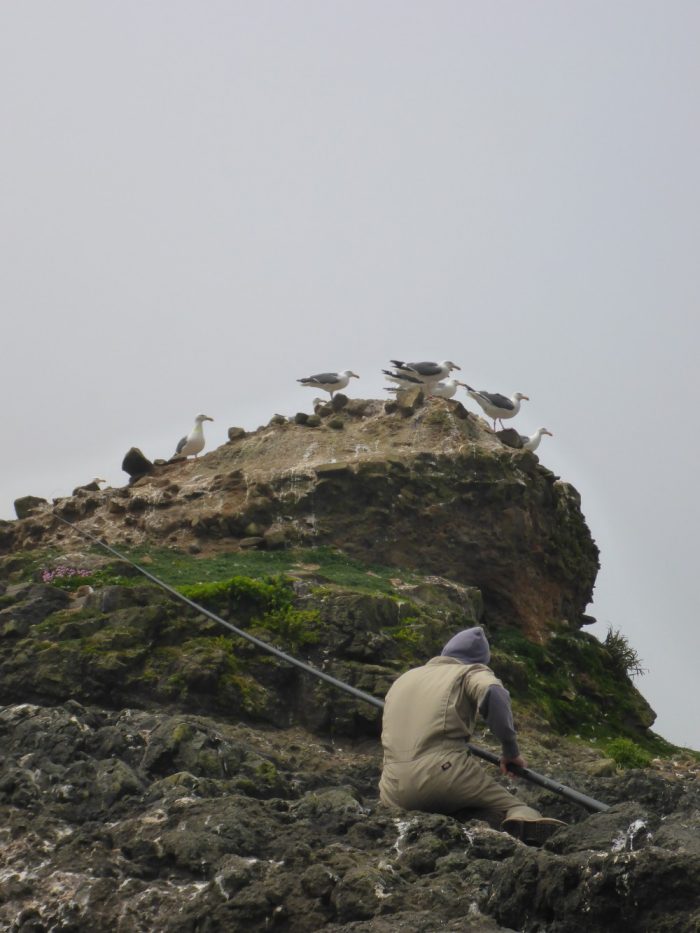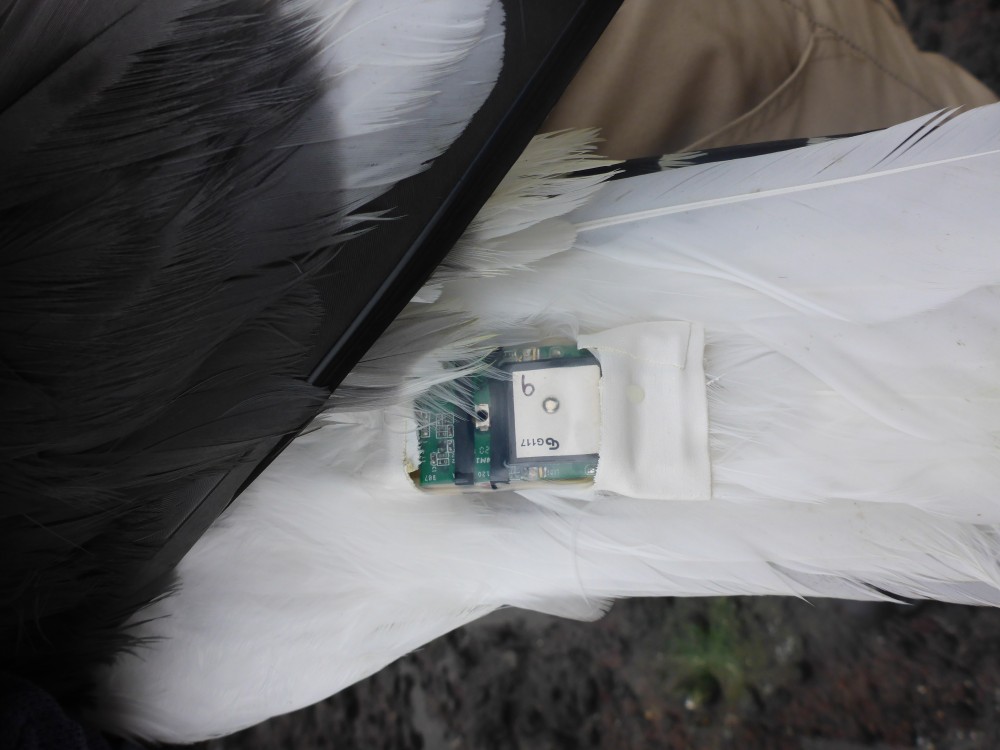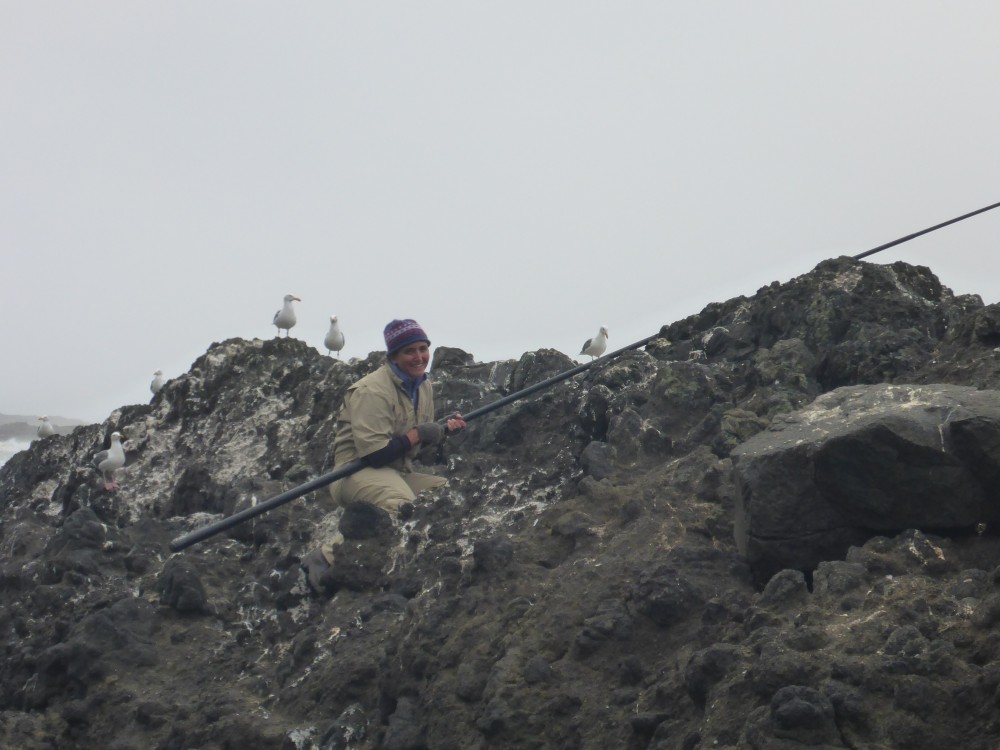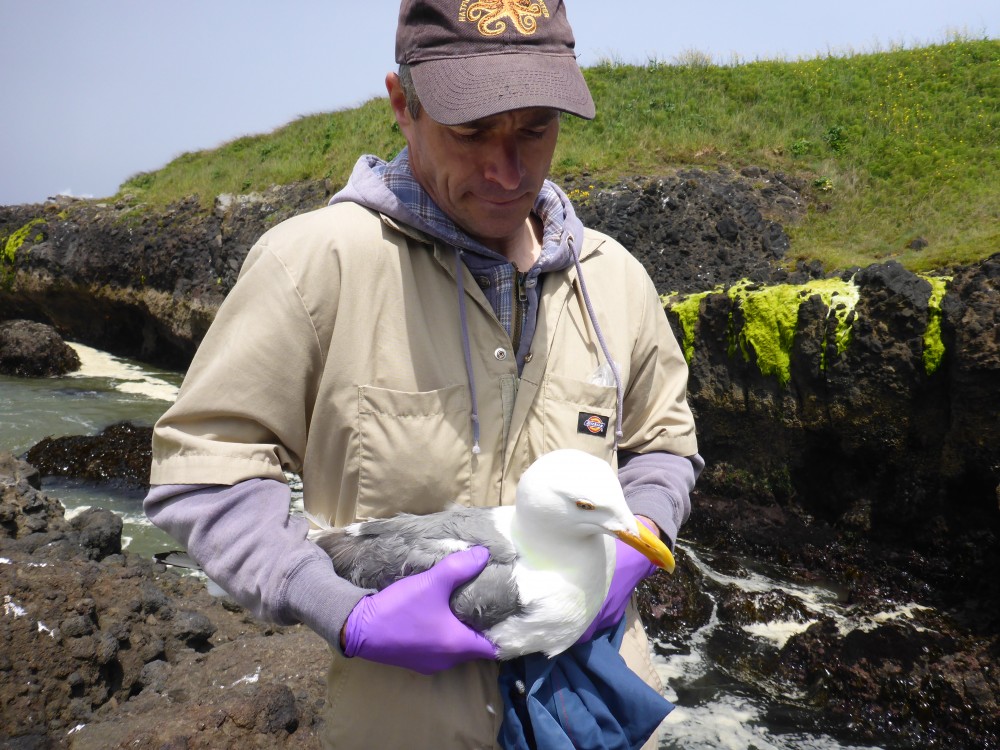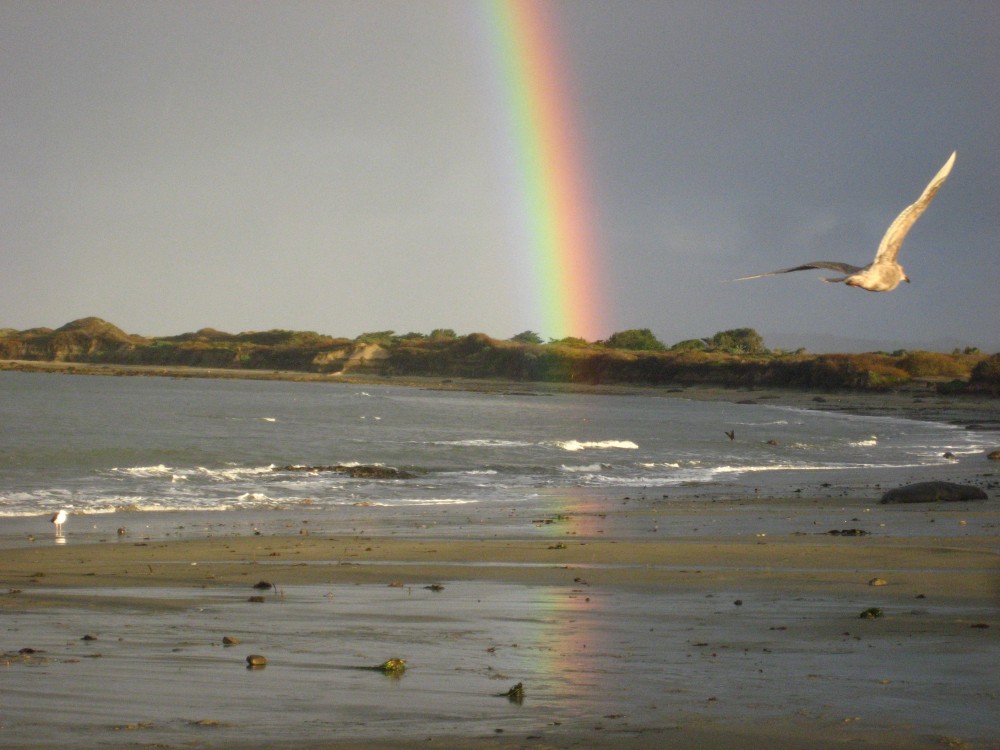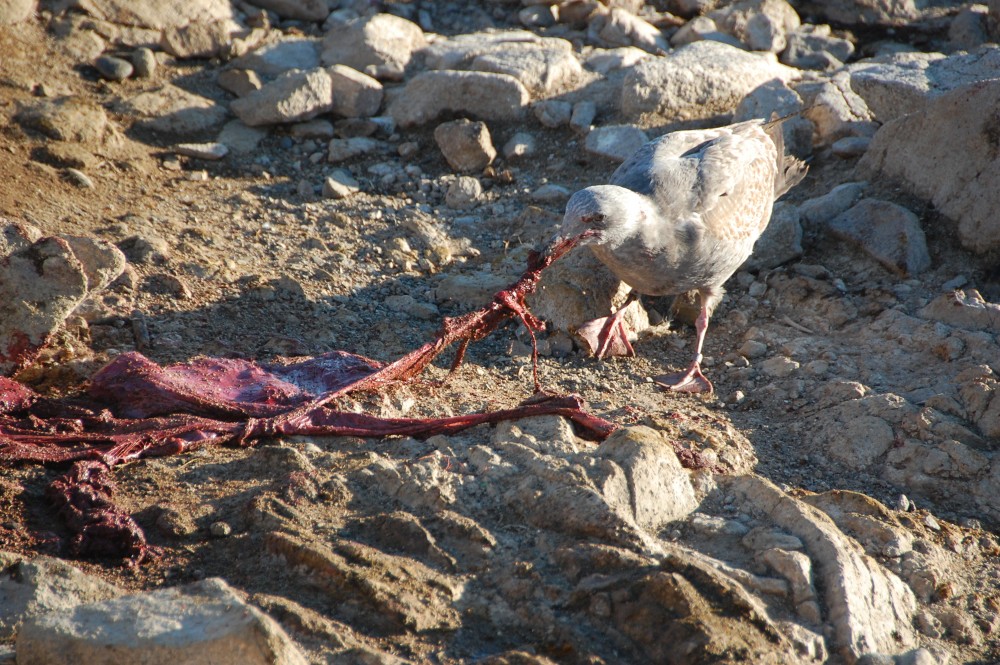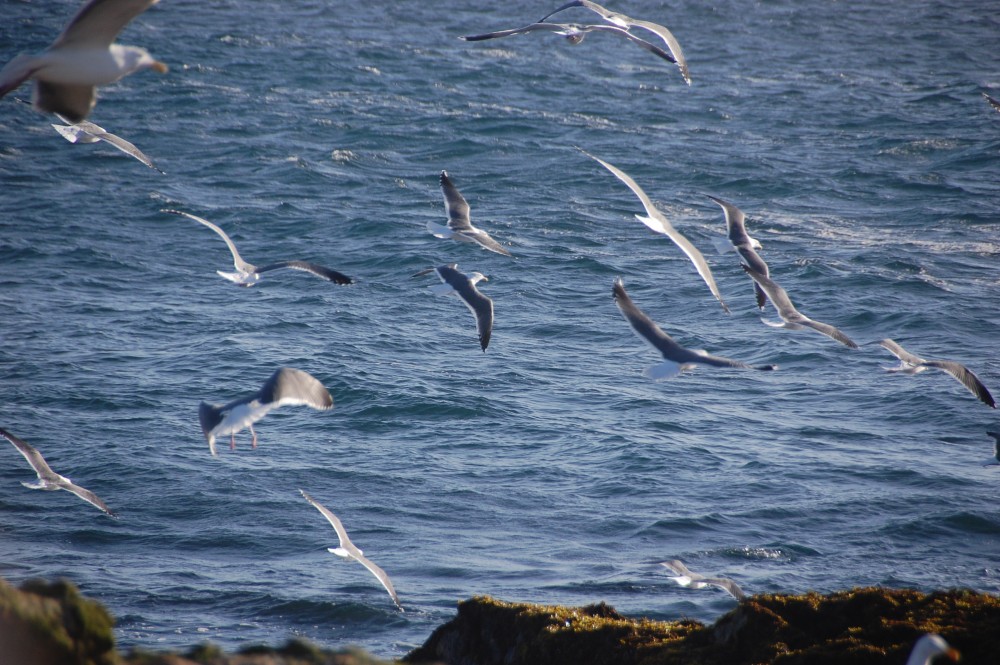By: Erin Pickett, MSc
Communicating science has become more important than ever as major social and political issues, such as climate change, require increasing input from scientists. In a recent article published by the Proceedings of the National Academy of Science, a research group from the University of Cologne in Cologne, Germany, explores how social cognition influences our ability to market science.
This article, titled “Past-focused environmental comparisons promote pro-environmental outcomes for conservatives” focuses specifically on understanding why there is a political divide in the United States regarding the issue of climate change (Baldwin & Lammers 2016). While our research in the GEMM lab focuses on spatial ecology (rather than social science) I thought this article was worth sharing because of its insights about “framing science”. The conservation science that we conduct in the GEMM lab will not be effective if we cannot properly communicate our objectives and our findings to funders and stakeholders.
“Framing” is a term in psychology that describes how you craft a message based on your intended audience. It is important to note that use of the term framing (or marketing) science doesn’t imply misrepresentation of facts (Nisbet & Mooney 2007). Rather,“Frames organize central ideas, defining a controversy to resonate with core values and assumptions” (Nisbet & Mooney 2007). Baldwin & Lammers (2016) demonstrated that subtle differences in framing significantly affect how environmental messages are perceived. These authors investigated the effect of framing with regards to temporal comparisons, environmental attitudes and behavior.
The specific problem these authors address is the failure of climate change advocates to bridge the political divide between liberals and conservatives in the United States. The authors hypothesize that the temporal comparisons used in arguments for action on climate change explain the dichotomy between liberal and conservative views on this issue (which garners less support from conservatives).
The primary hypothesis guiding this study is that conservatives are more likely to favor a “past-focused” message rather than a “future-focused” message about climate change. The authors surmise that this framing bias is rooted in a conservative ideology that favors past traditions over a progressive future, which is more favored by liberals. Many pro-environmental arguments and appeals to address climate change are future focused, e.g. Balwin & Lemmers (2016) quote UN Secretary-General Ban-Ki Moon, speaking about climate change:
“…We need to find a new, sustainable path to the future we want”.
If temporal comparisons do elicit framing bias, then our framing of the issue of climate change, and possibly other environmental issues, could be more effective if presented to conservatives as past-focused messages.
The authors tested these hypotheses on participants in a series of online studies. You can find more details on methods in the papers supporting information found here. In the first three studies, the authors investigated the effect of temporal comparisons on pro-environmental beliefs. Study participants were asked to read messages, or view images, that addressed the issue of climate change by comparing the present to the past, or the present to the future. Following these comparisons, participants ranked their pro-environmental attitudes. Examples of these comparisons were statements such as, “Looking forward to our Nation’s future… there is increasing traffic on the road” (future-focused), and, “Looking back to our Nation’s past…there was less traffic on the road” (past-focused).
You can see examples of past and future-focused images below.

The authors found significant evidence to support their hypothesis that presenting conservatives with past-focused messages is more effective in terms of promoting pro-environmental messages than presenting future-focused messages. Temporal comparisons did not affect the pro-environmental attitudes of liberals.

The authors also investigated the temporal focus of environmental organizations and found that overall, environmental charities promote future-focused messages. Study participants were allotted small amounts of cash to donate to these charities, and conservatives gave more to past-focused charities than to future-focused charities. You can see examples of charities with differing temporal focuses below.

In a final meta-analysis, these authors found that employing past-focused comparisons nearly made up for the difference between liberals and conservatives in terms of their pro-environmental attitudes. The implication of these findings is that we can improve the way we communicate about controversial issues such as climate change by subtly altering our arguments. For example, in one study that was cited by Baldwin & Lammers (2016), conservatives favored the words ‘purity’ and ‘sanctity’ over ‘harm’ and ‘care’ (Fienberg & Willer 2012). Based on these studies, an example of an effective message for a conservative audience would be, “It is important that we restore the Earth because it has become contaminated”.
These findings could be true for other environmental issues as well, and so it is worth thinking critically about how to craft messages about our scientific findings for our intended audiences. We need to carefully frame our messages whether we are writing grant proposals, peer-reviewed manuscripts, press releases, or posts intended for social media.
I originally discovered this paper after listening to a short radio interview that was conducted by CBC Radio, and if you are interested in this research I encourage you to check it out! You can following this link: how to convince a climate change skeptic.
References:
Baldwin, M., & Lammers, J. (2016). Past-focused environmental comparisons promote proenvironmental outcomes for conservatives. Proceedings of the National Academy of Sciences, 113(52), 14953-14957.
Feinberg, M., & Willer, R. (2013). The moral roots of environmental attitudes. Psychological Science, 24(1), 56-62.
Nisbet, M. C., & Mooney, C. (2009). Framing science. Science, 316.
















